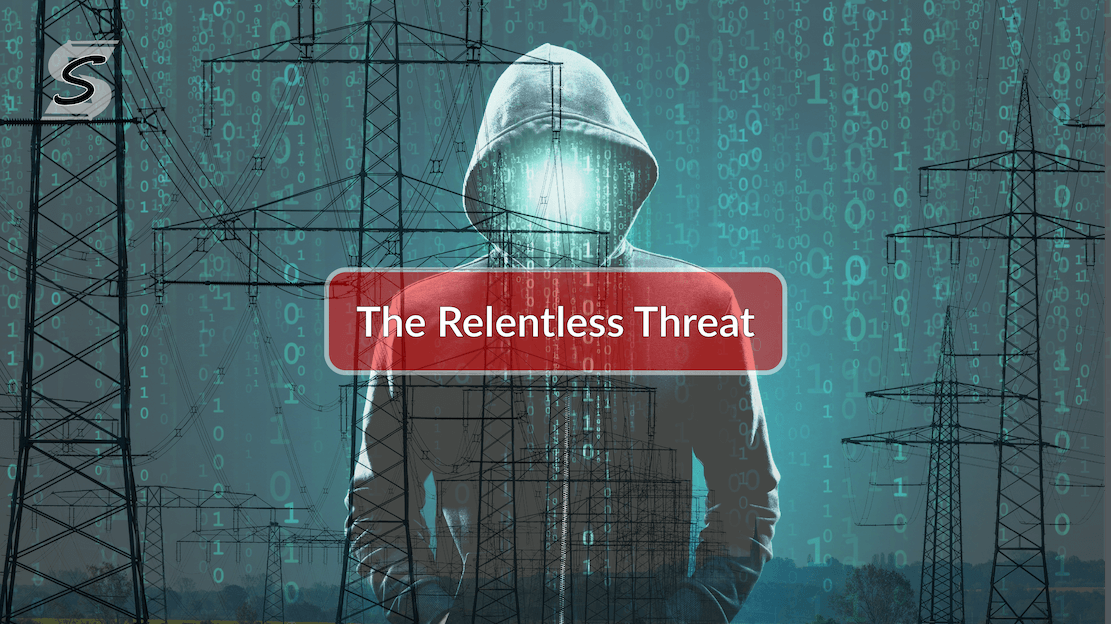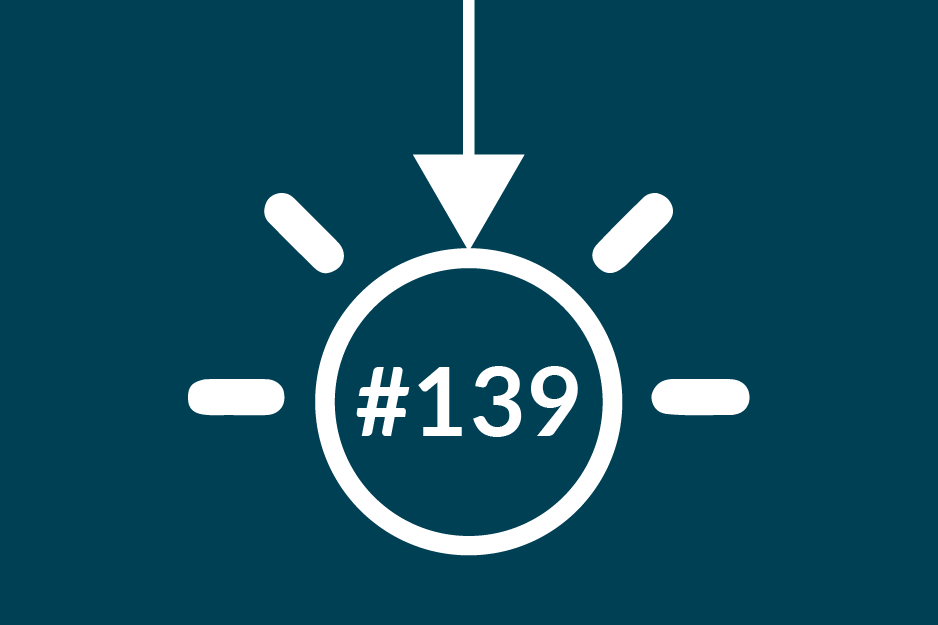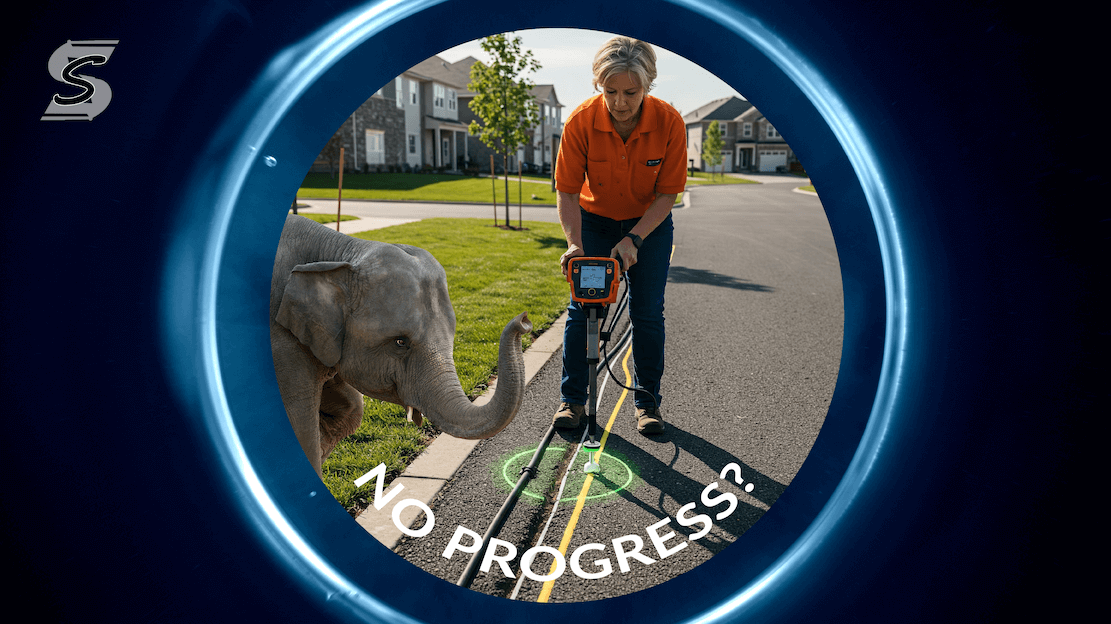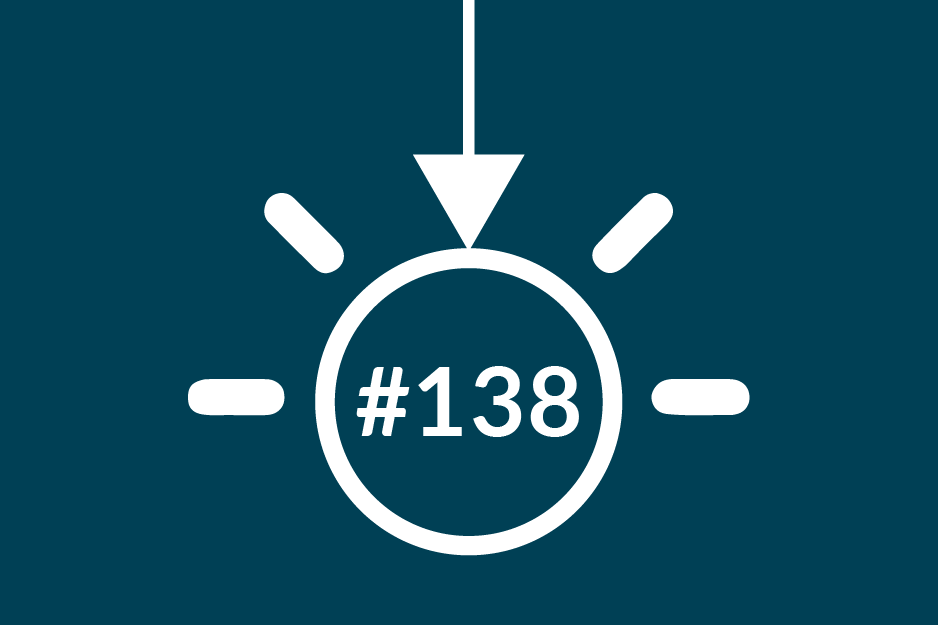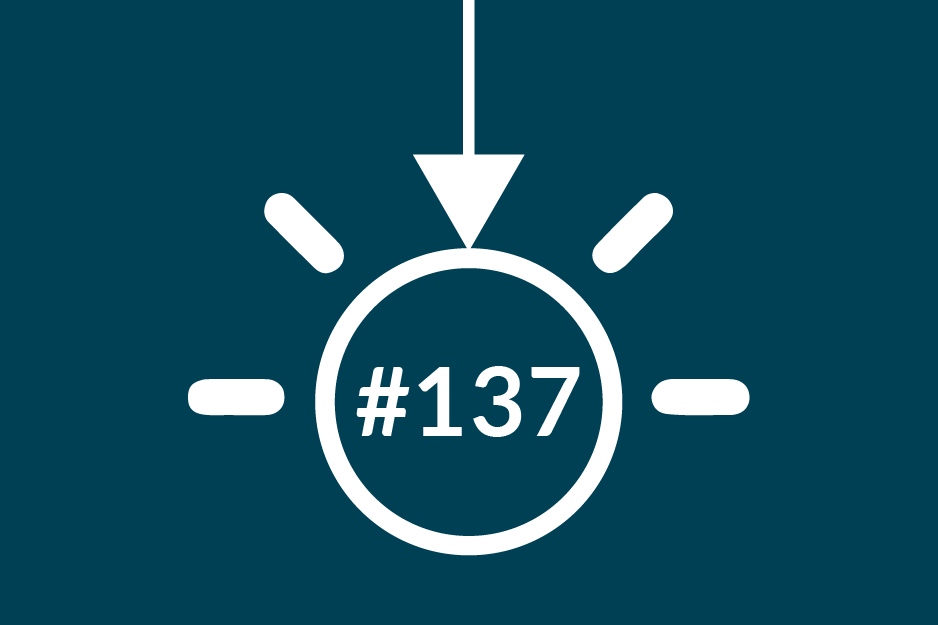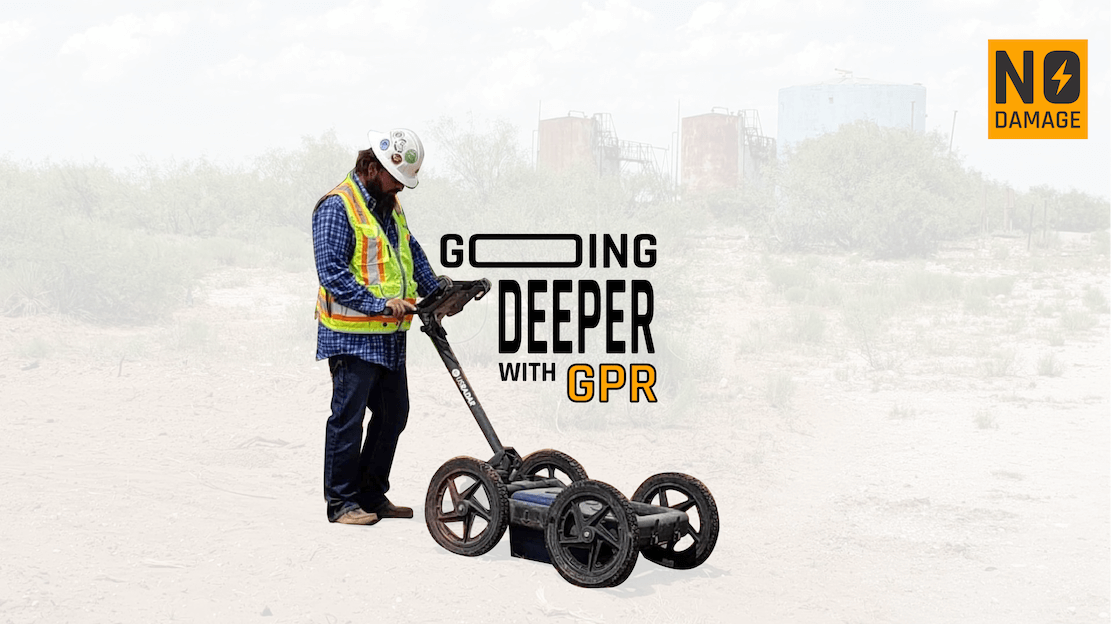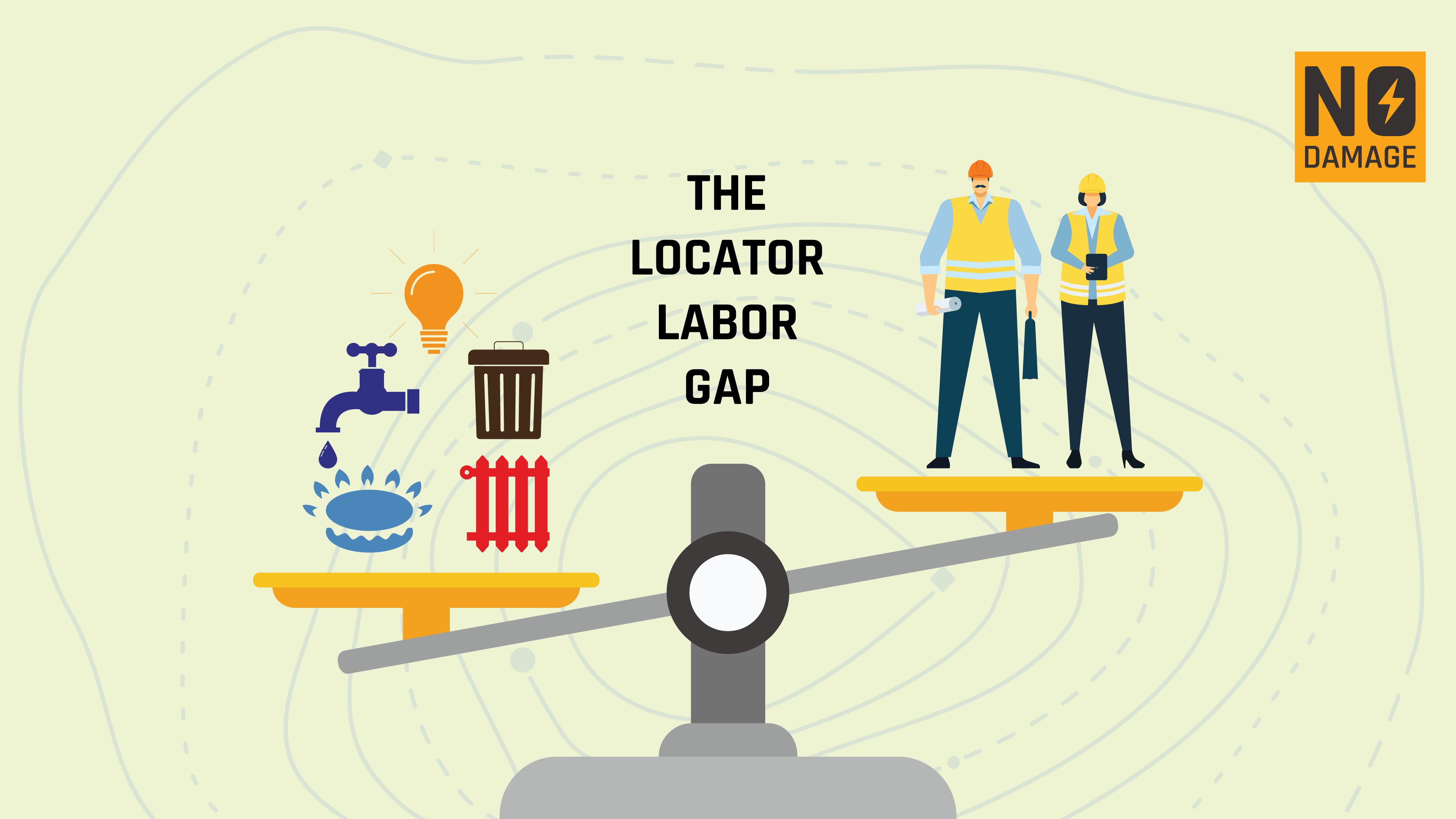
Recently I’ve been noticing a lot of digging in areas which were recently dug up - this is super inefficient and increases the risk of damages. Uncoordinated digging can lead to costly mistakes, public inconvenience, and safety hazards. By fostering communication, leveraging technology, and sharing data, we can manage underground utilities more efficiently and ensure the safety of our communities. This article explores three key areas where collaboration is essential: the implications of uncoordinated works, the role of technology in improving coordination, and the necessity for better communication between stakeholders.
Why Uncoordinated Works Lead to Utility Damage
The challenge of uncoordinated street works is not just an administrative inconvenience; it is a significant contributor to utility damage. Each excavation puts underground utilities at risk. These assets often share the same underground space, and without proper communication, projects can overlap. For instance, a local council might resurface a road unaware that a utility company plans to dig it up soon after. This kind of miscoordination, as seen in cases worldwide, results in wasted costs, time delays, and potential damage to critical infrastructure.
The financial implications of utility damage can be considerable. Repairs, emergency responses, service disruptions, and public frustration can quickly add up, not to mention the strain on timelines and public safety. The chaos caused by repeated, uncoordinated excavation results in longer projects, increased risk, and diminished public trust in the responsible organizations.
Improving Coordination Through Technology
To combat the challenges posed by uncoordinated excavation projects, leveraging technology is essential. Platforms like Utilocate offer robust solutions for improving coordination between stakeholders. It gives stakeholders real-time access to data about ongoing and upcoming projects, reducing potential conflicts. For example, if utility maintenance is scheduled for a specific road, local authorities can adjust their own timelines to avoid unnecessary disruptions.
While maps of underground utilities are ideal for preventing damage, there has been a lot of consternation around sharing them. Concerns about security, liability, and data accuracy have made many stakeholders hesitant. However, maps are not the only resource available. Until there is broader consensus on map sharing, stakeholders can still share critical data like project schedules, utility locations, and risk assessments. This exchange of information helps to proactively mitigate risks and reduce damage, even without a complete map.
Utilocate and similar systems also enable transparency by integrating data from different utilities and construction projects. Stakeholders can plan projects with the information they have while gradually working to build trust and encourage more comprehensive map sharing in the future.
Stakeholders Must Talk More and Share What Data They Can
While technology plays a key role in coordination, effective communication remains essential. Stakeholders must talk more and exchange relevant data, even if full map sharing isn't yet a reality.
Regular meetings among utilities, road authorities, and municipalities foster a culture of collaboration. When everyone is aware of upcoming projects, timelines, and potential risks, they can work together to optimize schedules, allocate resources efficiently, and minimize disruptions. Open lines of communication also lead to faster problem-solving and better project outcomes.
Even as we work toward broader map sharing, stakeholders can immediately begin sharing project schedules, timelines, and known utility locations. This allows for better-coordinated excavation efforts while continuing the dialogue about map sharing. The more collaborative stakeholders become in sharing available data, the more efficiently infrastructure projects can be managed.
Establishing a collaborative culture requires a commitment from all involved parties. Through improved communication, shared data, and a focus on joint goals, utilities and municipalities can minimize utility damage, reduce costs, and enhance public safety.
Conclusion: The Importance of Collaboration in Utility Management
Collaboration is essential in managing urban infrastructure. Uncoordinated street works increase the risk of utility damage, costing organizations and communities time and money. By leveraging technology like Utilocate to streamline communication, sharing available data (even beyond maps), and committing to better communication between stakeholders, we can reduce the risk of damage, improve efficiency, and protect the vital infrastructure that our communities rely on.
Even while we work toward more data and map sharing, there’s a wealth of other data - project schedules, utility locations, risk profiles - that can help reduce damage and improve coordination. With the right tools and open communication, stakeholders can work together to deliver safer, faster, and more reliable outcomes for everyone.
Share this Post


